Essential Details: What the Teacher Needs to Know
- About the Students:
- Grade: 6.
- Level: B average.
- Background Knowledge: Yes.
- Engagement level: low.
- About the Lesson:
- Subject: Comparative Literature.
- Topic: The Definition of Poetry. Types of Poetry.
- Goal: Show the students the versatility of forms of poetic expression. and teach them arguing constructively. Bottom line: there is no exact definition of what poetry is.
- Objectives: teach the students to define the basic characteristics of poetry and prove their point.
- Materials: PC, CamStudio, MS Word, PowerPoint, smartboards (interactive whiteboards (Betcher & Leicester, 2009)).
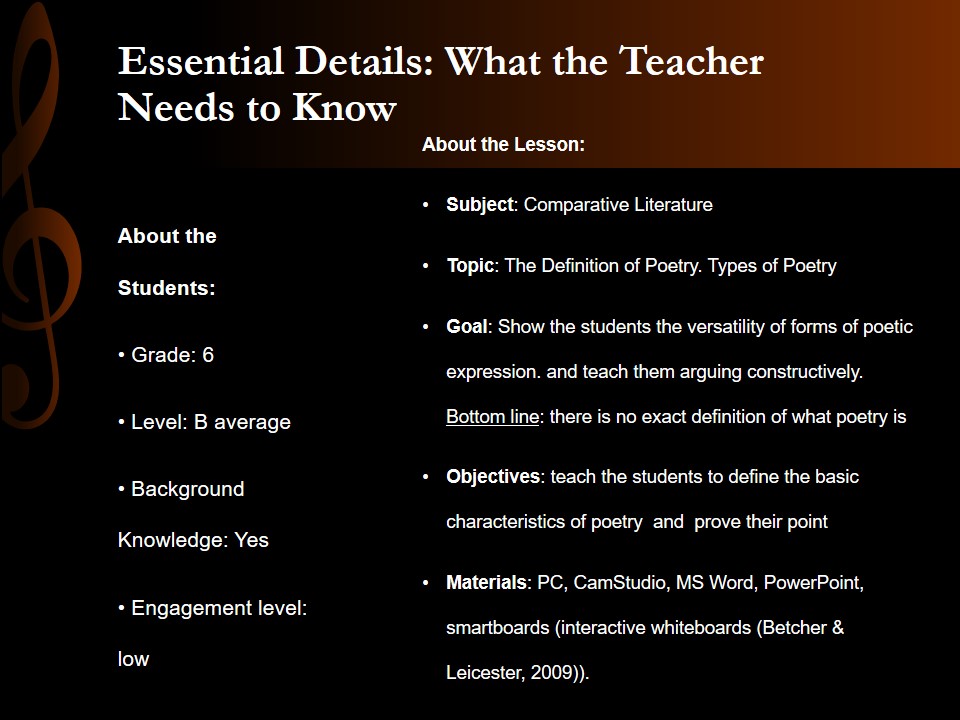
Media Integration for Critical Thinking Development
Media Type:
- Interactive matching game (learning the basic concepts).
- Group assignment (remembering the key elements in the process of communication).
- Individual assignment (using the acquired skills in practice).
Critical Thinking Skill
- Question at issue, or problem to be solved.
- Elements of reasoning.
- The empirical dimension of reasoning.
- The conceptual dimensions of reasoning.
- Implications and consequences.

Lesson Description. Part 1: Introduction
- Introduction: discussion. “What is the first poem you’ve ever learned?”
- Next question: “How did you know that it was a poem?”
- Next question: “How do you define a poem?”
- Next question: “What different types of poetry do you know?”
- Final question: “Who is your favorite poet?”
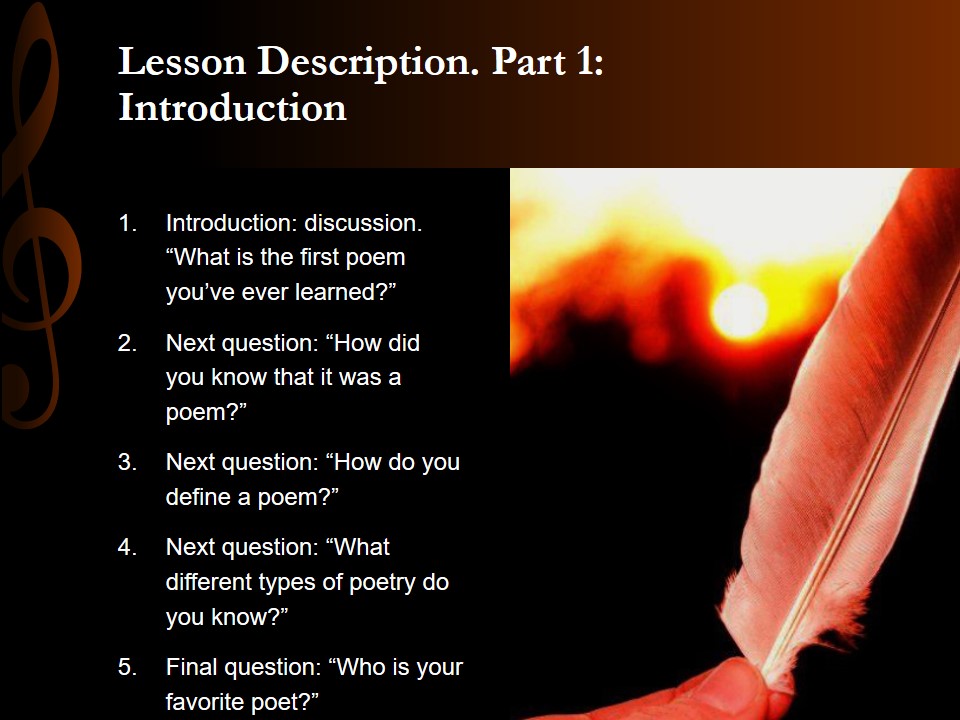
Lesson Description. Part 2: The Activities
- A warm-up: types of poetry matching game (interactive; matching):
- The given exercise will help the students learn to define the problem to be researched (Simonson, 2009).
- A warm-up will get the students ready for the discussion of new concepts and a critical approach towards the poetry analysis.
- Poetry analysis key elements: a mini-lecture (using a Power{Point presentation and a CamStudio):
- The given assignment will contribute to the development of frame of reference in students (Paul & Elder, 2002).
- The students will be able to memorize the key elements of poetry with the help of visual and audio information.
- Individual assignment: analyzing a poem watched on YouTube:
- The given task will help the students learn to learn about the dimensions of reasoning, as well as to develop their own style of reasoning (Mason, 2009).
- The students will be able to apply the acquired skills and see the theoretical concepts in action.
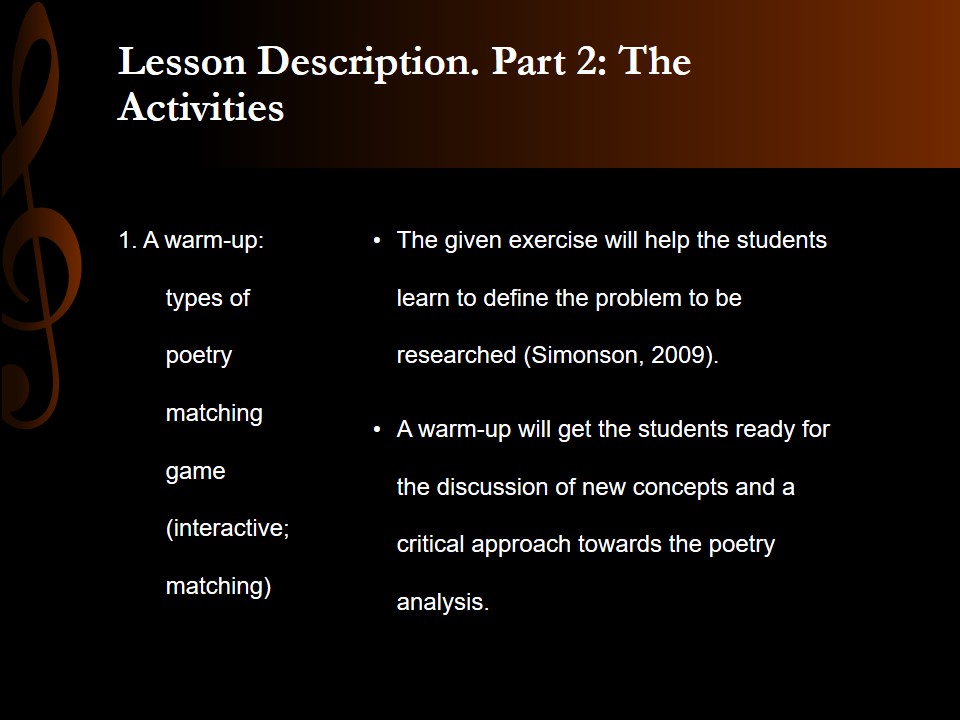
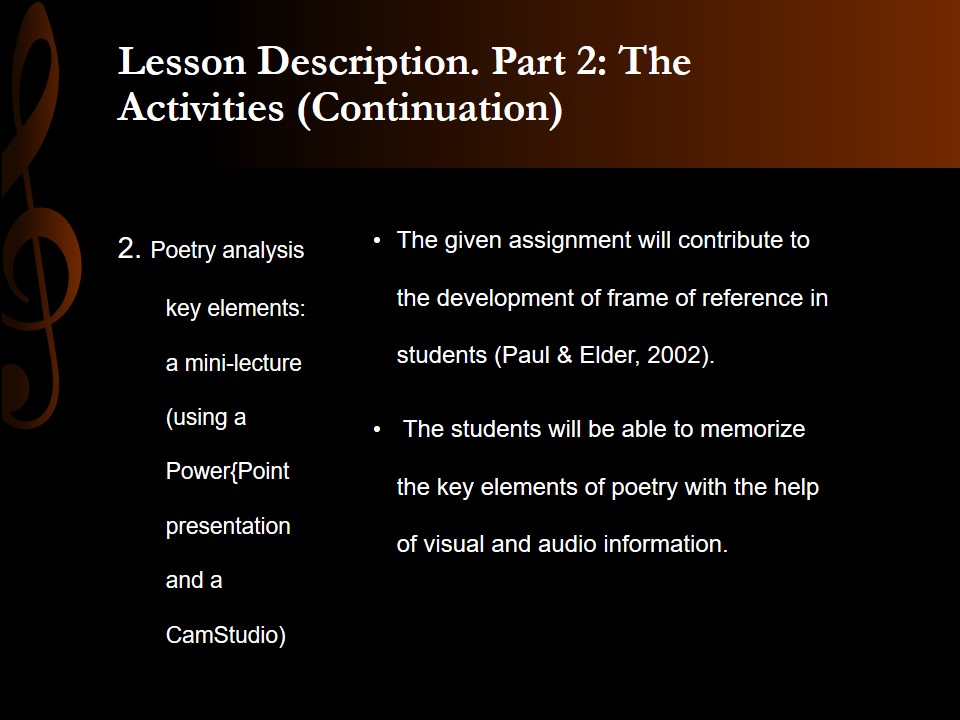
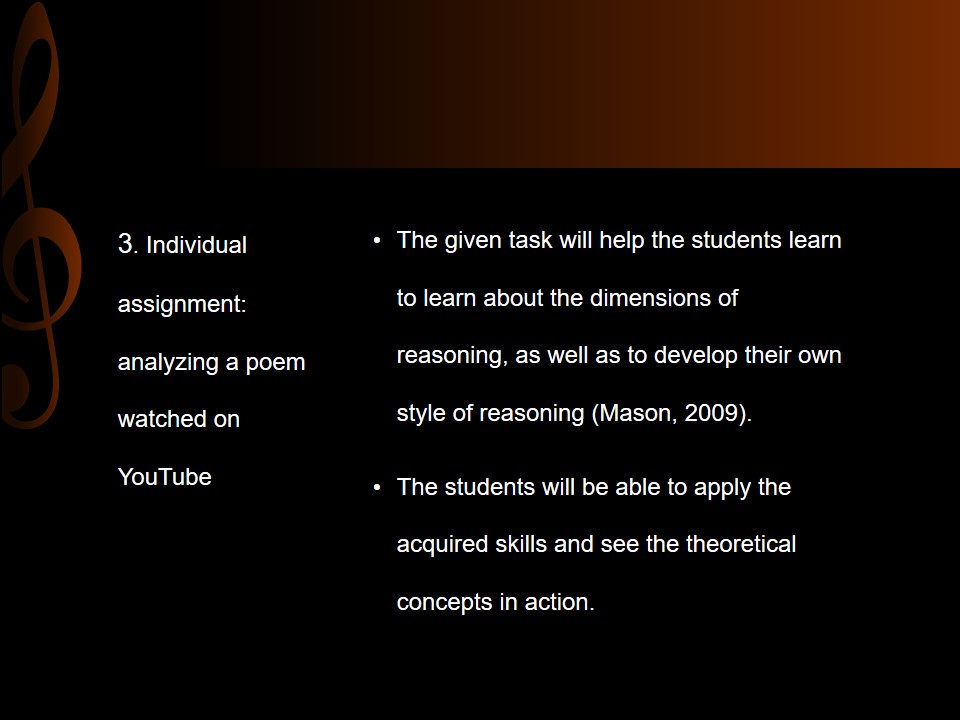
Challenges and the Means to Overcome Them
- Challenge:
- Not knowing where to start from;
- Not being able to compare and contrast;
- Having troubles with memorizing.
- Solution:
- Offering a strategy of analysis;
- Teaching to break the subject into elements;
- Using interactive games and other memory techniques.
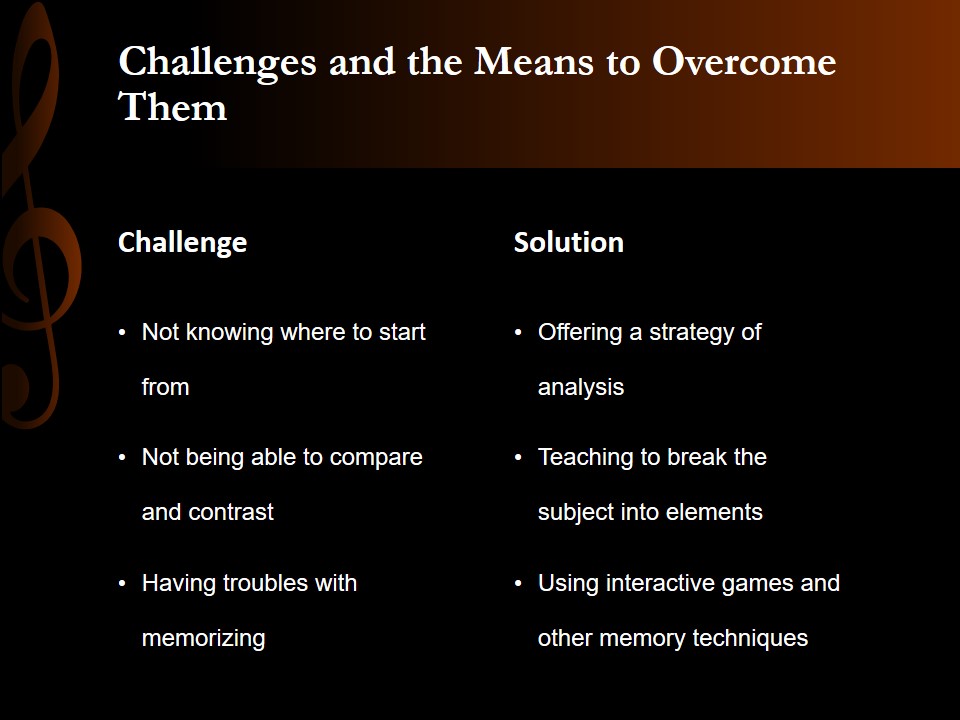
Grading Rubrics
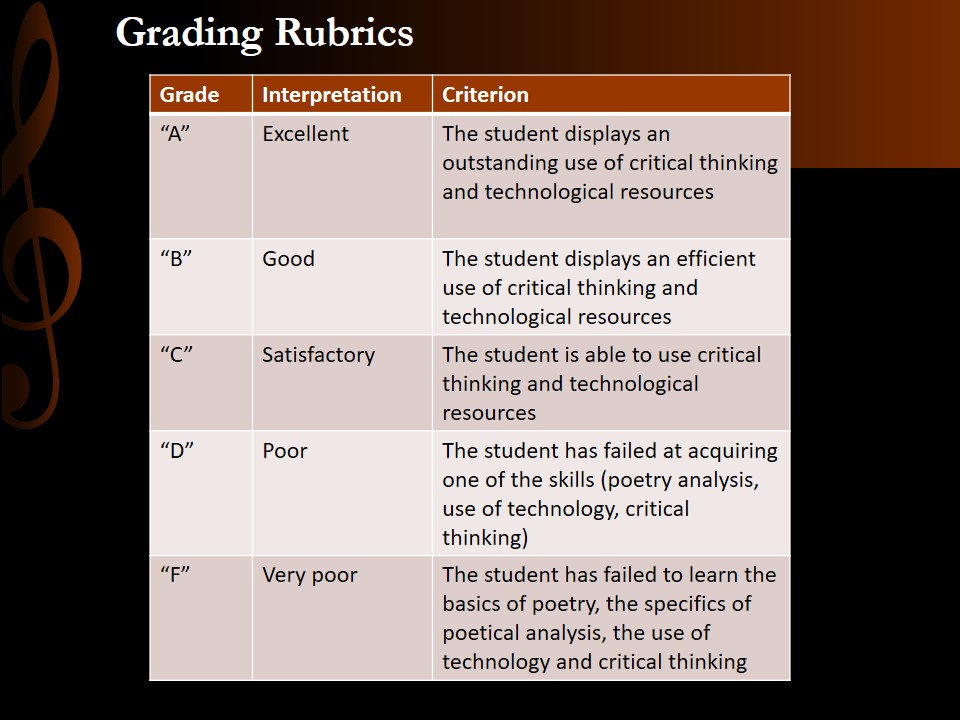
Reference List
Betcher, C. & Leicester, M. (2009). The interactive whiteboard revolution: Teaching with IWBs. Victoria, AU: ACER Press.
Mason, M. (2009). Critical thinking and learning. New York, NY: Fabulous Printers, Ltd.
Paul, R. & Elder, L. (2002). Critical thinking: Tools for taking change of your professional and personal life. New York, NY: FT Press.
Simonson, M. (2009). Quarterly review of distance education, Vol. 7. North Miami Beach, FL: IAP.